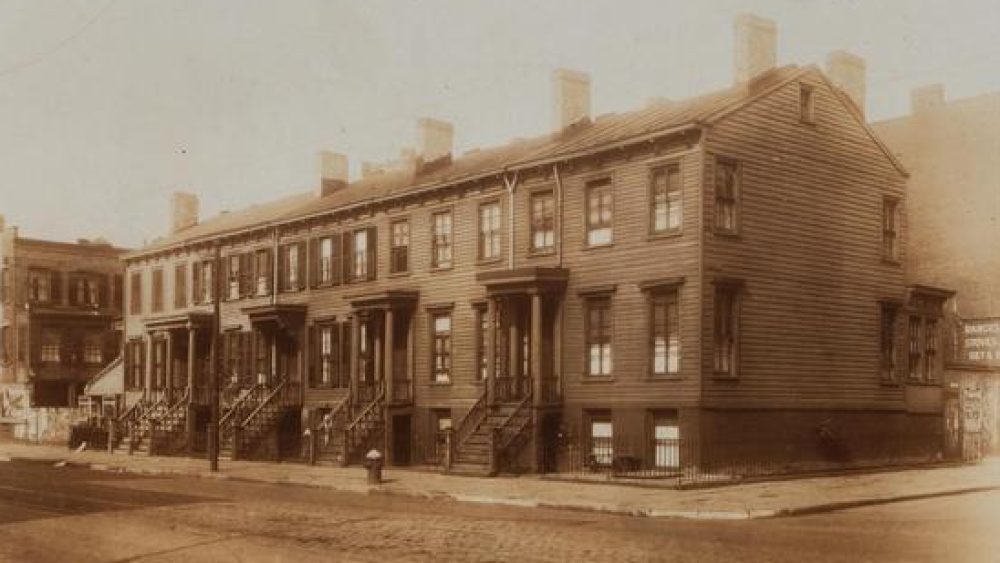VALENCIA IS FULL OF MADDING CROWDS RIGHT NOW — the week-long Fallas festival,which takes place March 15-19 as it has for hundreds of years — involves lots of noise, color, and activity. Brass bands march through the streets, following parades of girls from toddlerhood to adolescence in elaborate brocade and lace costumes. The sound of firecrackers is incessant, and the city’s ancient plazas and narrow streets are closed to cars but thronged with people.
Fortunately, when you start to feel like a man or woman on the verge of a nervous breakdown, Valencia has no shortage of tranquil green space to which to retreat. The city’s central axis is the singular Turia park, a 5-1/2 mile-long artery of green in a re-purposed riverbed.
I had to see it up close, so this morning, with the weather typically sunny and warm — after spending a bit of time milling with the crowds preparing for today’s Fallas ceremonies (bedecking a colossal statue of the Virgin with flowers, for one) — I descended a steep flight of stairs to investigate.
Like almost all European cities, Valencia was established — by the Romans in 138 B.C. — on the banks of a river. The old city grew up inside a bend of the Rio Turia, a few miles inland from the Mediterranean. It persisted through Iberian, Moorish, and Christian times, but the wide river was prone to flooding, and in 1957, it flooded once too often, taking about a hundred lives. The city undertook to divert the river’s course and, in an enlightened move, rather than create a super-highway, the original Turia riverbed was converted to parkland.
The Turia is still crisscrossed with bridges — some 500 years old, others ultra-modern, like Santiago Calatrava’s “Comb,” below. The singular riverbed park is bookended at by the Bioparc, the animal habitat that is a chief pride of the city, and at the other by Calatrava’s glittering $3billion City of Arts & Sciences, which we will visit tomorrow.
Today, the Jardines de Turia seemed a true oasis of calm, with just a few bikers, picnickers, sunbathers, and dog-walkers along its length. Parts of the park are given over to playing fields and tennis courts; other stretches contain grassy lawns studded with native palms, banyans, and fruit trees beginning to bloom. The area near the hotel where my press group is staying has a more formal boxwood topiary design.
Alongside the Turia is the Monforte garden around a onetime private villa, below, often described as romantic, but I could only peer up at the cypresses towering above its gates; I found it closed today.
The much larger Jardines de Real (also called Los Viveros), once the grounds of an artistocratic family, form a sort of wing to the Turia, with plantings of box and bay, flowering shrubs, and early spring bulbs, and a pleasant cafe and fountains where it joins the Turia near the Museo de Bellas Arts, below, second only to Madrid’s Prado for Spanish ecclesiastical art.
Some day, the area around Valencia’s Estacion de Norte, below, built during the city’s 1920s expansion in its characteristic Modernismo style, will also be parkland. A new 57-acre Parque Central has been designed by the London-based firm Gustafson Porter, with bowl-shaped lawns and spectacular water features.
In the meantime, Valencia is already a city built for park-hopping.












